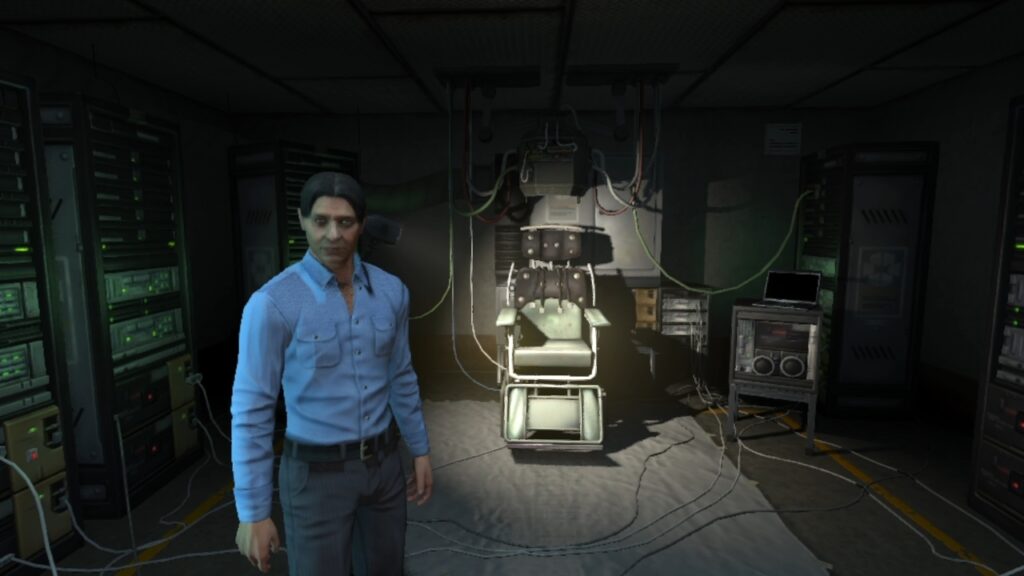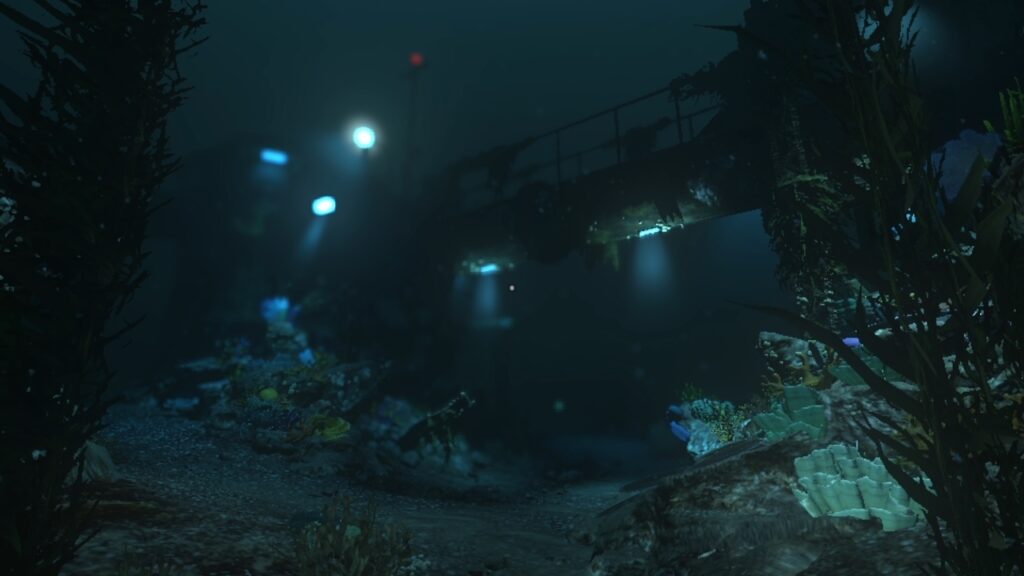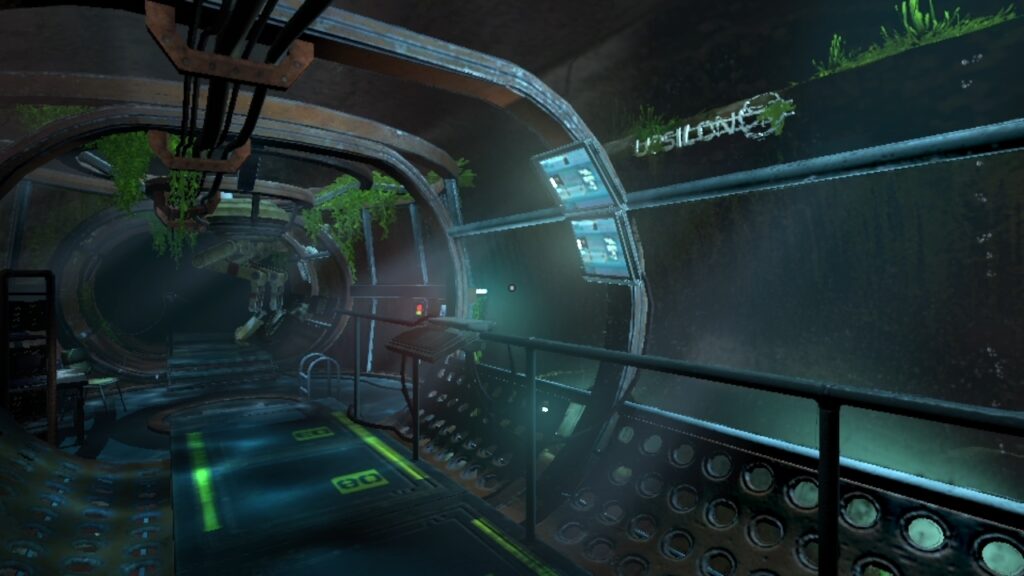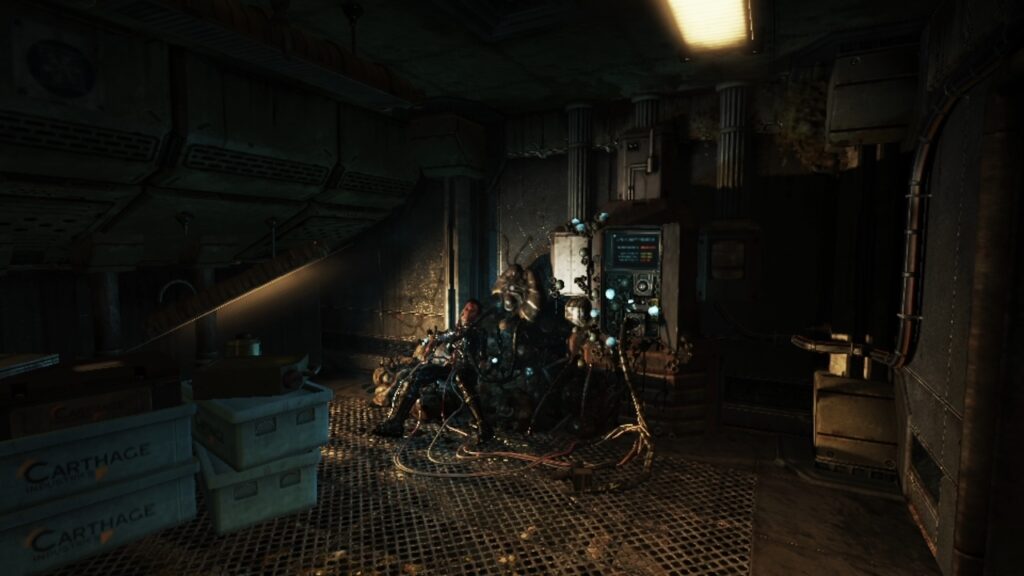“Consciousness isn’t about what you do; it’s about what you endure.”
– SOMA, Frictional Games
There’s something eerie about revisiting SOMA in 2025. Frictional Games’ philosophical horror first launched in 2015, and a decade later, the questions it poses about identity, memory, and what it means to be human still hit like a punch to the gut. With its debut on the Nintendo Switch 2, SOMA isn’t just preserved—it’s re-contextualized. And surprisingly? It thrives. Let’s dive in.
A Decade Later, the Mind Still Falters
Let’s get this out of the way first: SOMA was never really about scares. Sure, the horror is there—guttural groans echoing through the derelict underwater base of PATHOS-II, the unsettling forms of twisted machines that don’t know they’re machines—but its true power lies in the existential unease that simmers beneath it all. And I’m all here for it, since I’m not the biggest fan of jump scares in games. I do love some good horror stories and games, but give me a philosocial horror, like the one SOMA presents us with. And in 2025, SOMA feels strangely more relevant. We live in a time when neural implants are in early testing phases, and AI-generated personalities feel just a heartbeat away from sentience. Playing this game now feels less like science fiction and more like a cautionary tale. The story of Simon Jarrett—his consciousness uploaded unwillingly, forced to grapple with a reality that no longer includes his body—is chillingly prescient.
It reminds me of Sterrenlichaam by Roderick Leeuwenhart, not just in aesthetic—the drowned world, the collapsing remnants of civilization—but in mood. Both works ask the same question: Can identity survive disconnection from the body? Like Leeuwenhart’s protagonist, Simon doesn’t seek heroism. He seeks understanding, and in that search, we’re drawn deep into a dark, introspective current, rather than a pulsing alien body (I highly recommend checking it out if you like games like SOMA).
Switch 2: Smooth Waters and a Polished Hull
So, what can you expect from the Switch 2 version? Well, Frictional’s port to the Nintendo Switch 2 is, to put it bluntly, impressive. On older hardware, SOMA struggled with framerate drops and visual compromises. On Switch 2, the game runs at a stable 60fps, both docked and in handheld mode—thanks to the console’s upgraded DLSS-like upscaling and unified architecture. It’s the smoothest mobile experience the game has ever had, and that matters. Load times aren’t almost non-existent when you are playing through the world of PAHTOS-II, textures are crisp, and lighting—so essential in a game like this—is preserved with fidelity. It’s not quite the PC Ultra setting, but it’s close enough that the atmospheric storytelling remains untouched. Frictional also reworked the UI slightly for the Switch 2’s screen, which enhances readability in dark environments —a feature players will appreciate when navigating through terminals and data logs. Especially when chased by the horrors found beneath the ocean.
Gameplay That Serves the Narrative
SOMA doesn’t rely on jump scares or combat. Instead, it leans heavily on exploration, environmental storytelling, and puzzle-solving. Some criticized this “passive” approach at launch, but in hindsight, it was ahead of its time. You won’t find gunplay or skill trees here. What you will find is dread—earned, not handed out cheaply. The horror comes not from what’s behind the door, but from what’s written on the logs, what’s left unsaid in the recordings, and the chilling implications of every discarded robot shell. The optional “Safe Mode” is also present here, allowing players to disable enemy hostility while preserving the narrative. It’s a welcome option, especially for those more interested in the story than the stealth mechanics. Oh, and for those wondering what SOMA is about, let me give a quick spoiler-free summary (I highly recommend going into SOMA blind, though, it will be much better that way).
SOMA is set in an isolated underwater research facility called PATHOS-II. The story follows Simon Jarrett, an ordinary man who wakes up in a strange, dilapidated environment with no idea how he got there. As Simon explores the facility, he uncovers fragments of the past through computer terminals, audio logs, and interactions with the remnants of what once was a thriving scientific operation. The game slowly unravels themes of identity, consciousness, and humanity, forcing the player to question what it truly means to be. Rather than relying on jump scares, SOMA builds its horror through atmosphere, psychological tension, and thought-provoking philosophical dilemmas. It’s a game that sticks with you not because of what you see, but because of what it makes you think.
A Story That Only Grows More Relevant
Where many horror games age poorly, SOMA matures. It’s more than a survival story—it’s a philosophical journey, wrapped in a decaying sci-fi skin. Revisiting it now, I couldn’t help but draw lines to Solaris, Blindsight, and, of course, Sterrenlichaam. These aren’t stories about monsters. They’re stories about the mirror. About what’s left when the body is gone, but something—perhaps memory, perhaps ghost-code—still lingers. In a world that increasingly blurs the line between biological and digital, SOMA asks: What are you willing to accept as “you”? They are not us! 2025 might be the best year to re-release this game on the new system, as it demonstrates how eerily our society is developing along the lines of what we once wrote off as science fiction. And it’s not the longest game you will be playing this year – I clocked in at the end at around 7 hours of gameplay, so with some experience in the first-person horror genre, you should be able to finish it even a bit quicker than I. Take your time to appreciate the world they built.
Conclusion
So to conclude! SOMA on Nintendo Switch 2 isn’t just a port—it’s a preservation of one of the most thought-provoking games of the last decade. It plays better, looks better, and feels even more relevant now than it did in 2015. Frictional Games may have moved on to new projects, but SOMA remains their most haunting work and earned its spot in my all-time favorite philosophical games of the last decade. For fans of cerebral science fiction, horror rooted in ideas rather than gore, and anyone who found themselves changed by the pages of Sterrenlichaam, SOMA remains essential. And now, it’s more accessible than ever.





